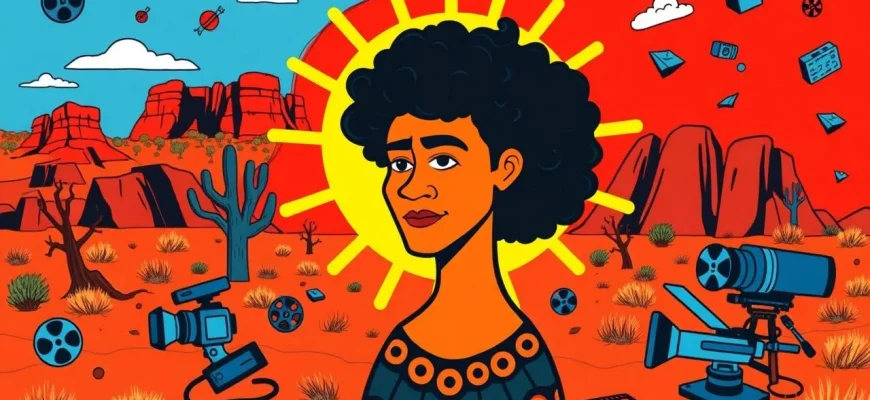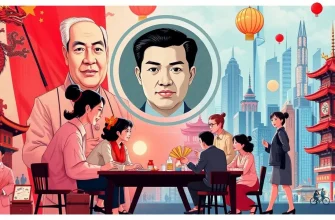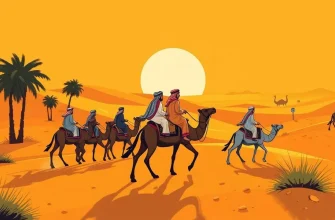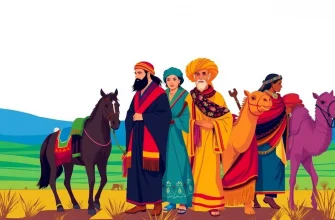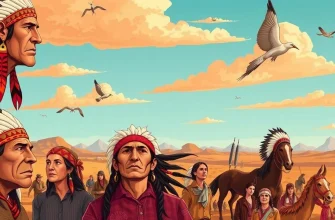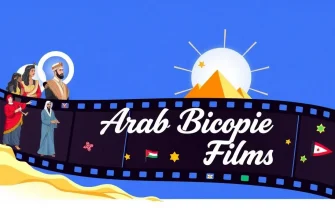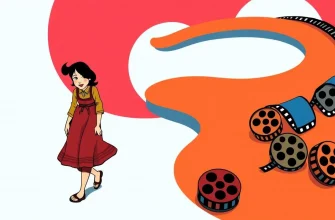Delving into the rich tapestry of Indigenous cultures, this curated collection of biographical films offers a window into the lives of remarkable Aboriginal individuals. These films not only celebrate the resilience, culture, and history of Aboriginal communities but also provide a platform for their stories to be heard on an international stage. From tales of survival and resistance to stories of cultural preservation and personal triumph, these biopics are a testament to the enduring spirit of Aboriginal peoples. Each film has been chosen for its authentic portrayal, cultural significance, and the impact it has had on audiences worldwide, ensuring a deep, enriching experience for viewers.
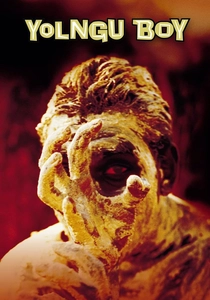
Yolngu Boy (2001)
Description: This film explores the lives of three young Yolngu men as they face the challenges of growing up in a remote Aboriginal community, dealing with cultural identity and modern influences.
Fact: The film was shot in Arnhem Land, providing an authentic setting for the story.
 Watch Now
Watch Now
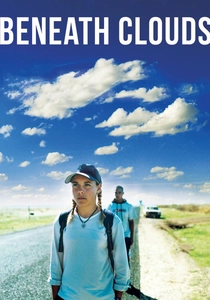
Beneath Clouds (2002)
Description: This film tells the story of two young Aboriginal people who meet on a journey across rural Australia, exploring themes of identity, belonging, and the search for family.
Fact: It was the debut feature film for director Ivan Sen, who is of Indigenous descent.
 Watch Now
Watch Now
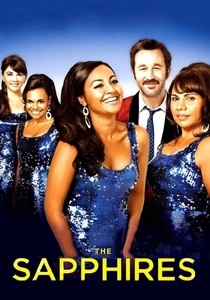
The Sapphires (2012)
Description: Based on a true story, this film follows four Aboriginal women who form a soul group and tour Vietnam during the war, showcasing their talent and resilience.
Fact: The film was inspired by the real-life story of the Sapphires, an all-female Aboriginal singing group.
 Watch Now
Watch Now
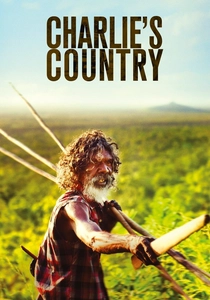
Charlie's Country (2013)
Description: Starring David Gulpilil, this film portrays the struggle of an Aboriginal man trying to live traditionally in a modern world, highlighting issues of cultural identity and autonomy.
Fact: David Gulpilil, who plays Charlie, also co-wrote the screenplay, infusing the film with personal insights.
 Watch Now
Watch Now
The Tracker (2002)
Description: Set in early 20th century Australia, this film focuses on an Aboriginal tracker who leads a posse of white men in pursuit of an Aboriginal fugitive. It delves into themes of race, justice, and survival.
Fact: The film uses paintings by Peter Coad to illustrate the narrative, a unique storytelling technique.
 30 Days Free
30 Days Free

Rabbit-Proof Fence (2002)
Description: This film tells the true story of three young Aboriginal girls who escape from a government camp where they were forcibly placed and attempt to find their way home along the rabbit-proof fence in Western Australia. It's a poignant exploration of the Stolen Generations.
Fact: The film was shot in the actual locations where the events took place, providing an authentic backdrop to the story.
 30 Days Free
30 Days Free

Ten Canoes (2006)
Description: Set in Arnhem Land, this film uses a narrative within a narrative to tell a story of love, jealousy, and tribal law, blending traditional storytelling with modern filmmaking techniques.
Fact: It was the first feature film entirely in an Aboriginal language (Yolngu Matha) with English subtitles.
 30 Days Free
30 Days Free
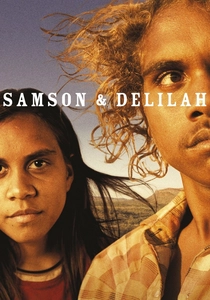
Samson and Delilah (2009)
Description: This film follows two Indigenous teenagers from a remote community in the Northern Territory as they navigate love, loss, and the harsh realities of urban life. It's a raw depiction of contemporary Aboriginal life.
Fact: The film was written and directed by Warwick Thornton, who is himself of Aboriginal descent, bringing a personal touch to the narrative.
 30 Days Free
30 Days Free

The Secret Country: The First Australians Fight Back (1986)
Description: This documentary-style film examines the history of Aboriginal resistance to European settlement, focusing on key figures and events in the struggle for land rights.
Fact: It was one of the first films to bring attention to the Frontier Wars in Australia.
 30 Days Free
30 Days Free

Mabo (2012)
Description: This film recounts the landmark legal case led by Eddie Mabo, which overturned the doctrine of terra nullius and recognized native title in Australia, a pivotal moment in Aboriginal history.
Fact: The film was produced by the Australian Broadcasting Corporation (ABC) and has been praised for its accurate portrayal of the legal battle.
 30 Days Free
30 Days Free

